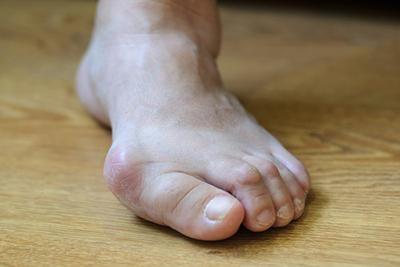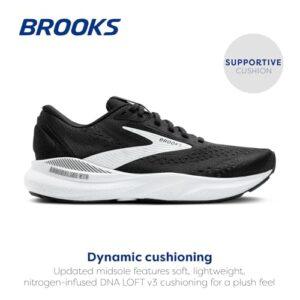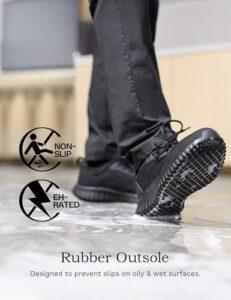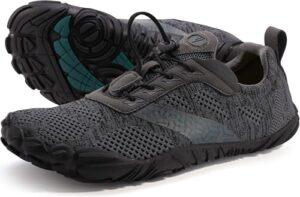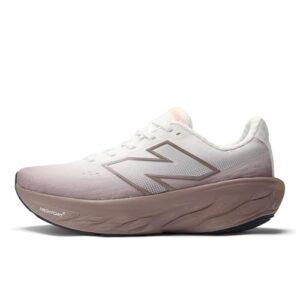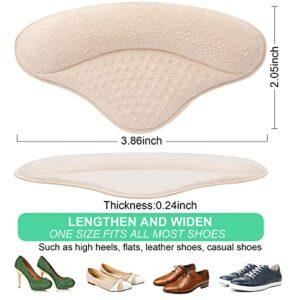Have you ever wondered if your favorite high heels could be causing more harm than good to your feet? If you’ve noticed pain or a bump near the base of your big toe, you might be dealing with a bunion.
But can those stylish shoes you love actually lead to this painful condition? Understanding the link between high heels and bunions is key to protecting your feet without giving up your style. Keep reading to discover what you need to know to keep your feet happy and healthy while still looking great.
What Are Bunions
Bunionsare bony bumps that form on the side of the big toe. They happen when the big toe pushes against the next toe. This causes the joint to stick out and become swollen. Bunions can cause painand make it hard to wear shoes.
They often develop slowly. Some people have bunions because of their foot shape or family history. Wearing tight or narrow shoes can make bunions worse. The skin over the bunion can get red and sore. Sometimes, the big toe may point toward the other toes.

Credit: freedomclinics.com
How High Heels Affect Feet
High heels put extra pressureon the front part of the foot. This pressure pushes the toes into a tight space. The toes often get crowded and misaligned, which can cause pain over time.
The foot’s natural shape changeswhen wearing high heels. The arch becomes higher, and the weight shifts forward. This shift can lead to foot deformitieslike bunions.
| Pressure Points | Effects on Feet |
|---|---|
| Toes squeezed together | Leads to misalignment and discomfort |
| Increased pressure on ball of foot | Causes pain and stress on foot bones |
| Raised heel | Changes foot structure and balance |
Link Between High Heels And Bunions
High heelscan cause pressure on the front part of the foot. This pressure may push the big toe toward the other toes. Over time, this can lead to a bunion, a painful bump on the side of the foot.
Scientific studiesshow that wearing high heels often can change foot shape. The tight space inside many heels crowds the toes. This crowding can cause bones to shift and form bunions.
Many believe bunions happen only from wearing heels. But bunions also run in families. Some people get bunions without ever wearing heels.
Still, wearing high heels regularly can make bunions worse or cause pain. Choosing shoes with a wider toe box helps reduce risk.

Credit: www.youtube.com
Risk Factors Beyond High Heels
Geneticsplay a big role in bunions. Some people inherit foot shapesthat make bunions more likely. For example, flat feet or loose joints can increase risk. These traits affect how weight spreads across the foot.
Footwear choicesalso matter. Shoes that are too tight or narrow can push toes out of place. This adds pressure and can cause bunions over time. Flats, sandals, and boots with a wide toe box are better options. Comfort and fit help reduce foot problems.
Preventing Bunions While Wearing Heels
Choosing the right heel type helps protect your feet from bunions. Opt for low heels, around 1-2 inches, to reduce pressure. Heels with a wide basegive better balance and support. Avoid pointy toe shoesbecause they squeeze toes and can cause bunions.
Foot exercises keep your toes strong and flexible. Try toe stretchesby spreading toes wide for 10 seconds. Roll a small ball under your foot to massage and relax muscles. Regular care, like moisturizing and checking your feet, helps spot problems early.
Treatment Options For Bunions
Non-surgical solutionshelp reduce bunion pain and stop it from getting worse. Wearing wider shoeswith soft soles gives toes more space. Paddingthe bunion area protects it from pressure and friction. Ice packscan lower swelling and ease pain. Custom orthoticssupport the foot and improve alignment. Stretching and foot exercises also help keep joints flexible and strong. These methods work best for mild to moderate bunions.
Surgical interventionsfix bunions that cause severe pain or deformity. Doctors remove or realign bone and tissue. Surgery aims to restore normal foot shape and function. Recovery may take weeks, requiring rest and limited walking. Different surgery types depend on bunion size and foot shape. Surgery is the last option when other treatments fail.

Credit: freedomclinics.com
Frequently Asked Questions
Can Wearing High Heels Cause Bunions?
Yes, wearing high heels frequently can contribute to bunion development. High heels force your toes into a narrow space, increasing pressure on the big toe joint. Over time, this pressure can cause the joint to misalign, leading to bunions.
How Do High Heels Affect Foot Structure?
High heels alter foot alignment by shifting weight to the front. This causes increased pressure on toes and joints. The unnatural position strains ligaments and muscles, potentially leading to deformities like bunions and other foot pain.
Are Certain High Heels Riskier For Bunions?
Yes, high heels with narrow toe boxes and very high heels increase bunion risk. Shoes that squeeze toes together worsen joint stress. Choosing wider, lower heels can reduce the chance of bunion formation.
Can Bunions Be Prevented While Wearing Heels?
To prevent bunions, limit high heel use and choose shoes with a wide toe box. Stretch and strengthen foot muscles regularly. Using cushioned insoles and alternating footwear helps reduce pressure and maintain foot health.
Conclusion
High heels can put extra pressure on your feet. This pressure may lead to bunions over time. Wearing tight or narrow shoes makes this worse. Choosing comfortable shoes helps protect your feet. Taking breaks from heels gives your feet a rest.
Paying attention to foot pain is important. Early care can prevent serious problems later. Healthy feet support your overall well-being. Make smart shoe choices to keep feet happy. Simple steps today avoid pain tomorrow.

Madison Clark is a footwear expert and the voice behind MyStyleGrid.com. She specializes in honest shoe reviews, style tips, and practical guides to help readers find the perfect pair for any occasion. With years of experience in blogging and content creation, Madison makes footwear knowledge simple, stylish, and easy to follow.

